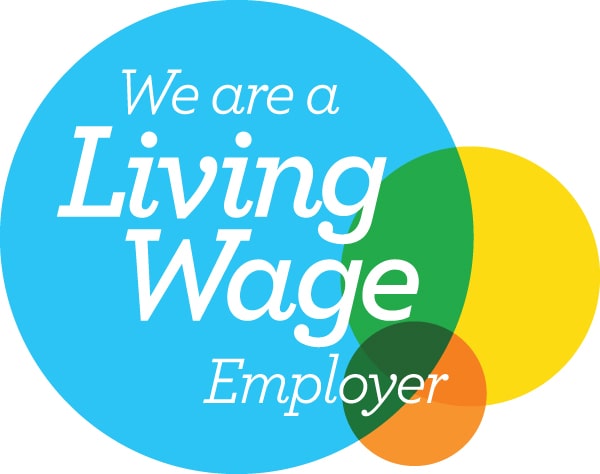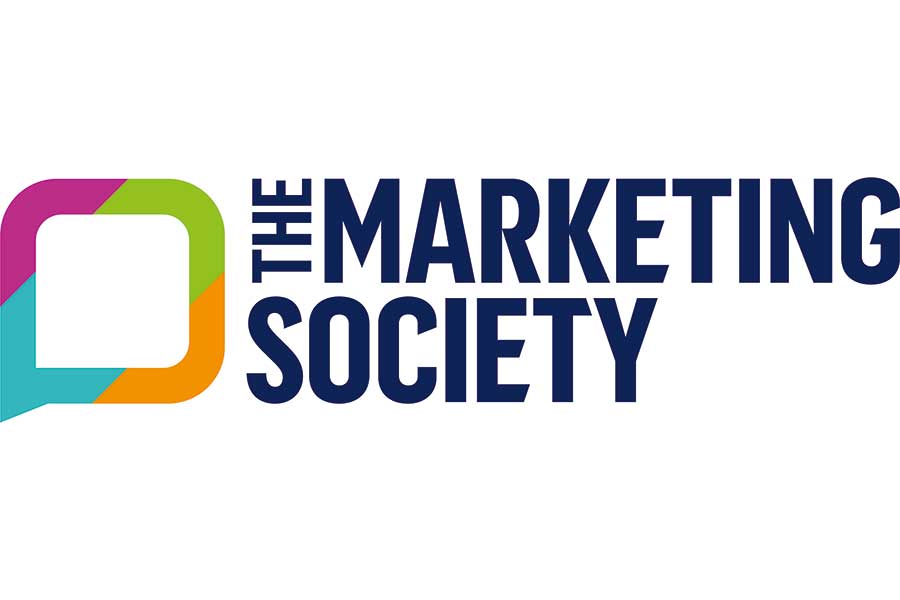A real world approach to media and advertising in 2024

Focus marketing and messaging to provide real help for people
By Suzana Lay, Head of Brand Team
This past year has been both turbulent and exciting in equal measures for advertising and media
And once again, big tech dominated the market. After the launch of ChatGPT at the end of 2022, all of the major tech players rushed around working on their generative AI applications. Under the ownership of Elon Musk, Twitter wiped out half of its 7,500-strong workforce and then in August rebranded to X, signalling intentions to turn the news-led social network into a super app. Meta saw an opportunity to take on Twitter and launched Threads in July. It notched up 2 million sign-ups in the first two hours on the App Store, but relatively few people are actively using the app.
And in the face of a harsh economic climate and unprecedented geopolitical changes, the industry just about held its own, but we’re clearly under pressure. In its Q2 expenditure report published in October, the Advertising Association and WARC said the market is expected to grow 2.6% this year to £35.6bn, but that tech platforms will account for virtually all of that that revenue growth.
All this begs the question: where do we go from here in 2024?
There are several different routes we could take, but I believe we need to be guided by consumers, and to use the latest tech tools and techniques to deliver what they want.
So what does this look like? Firstly, it’s about brands continuing (or stepping up) to support people during the cost of living crisis. The outlook is not great. S&P says the UK economy will remain weak in 2024, with GDP growth of just 0.4%, as high price inflation continues. And the IMF has GDP increasing just slightly higher at 0.6%. This means that ongoing price evaluation will remain essential, together with focusing marketing actions and comms messaging to provide real help for people.
With less in their pockets, people will be more focused on just what they are getting from brands and will be looking for offers and support that’s relevant and meaningful. Since the start of the cost of living crisis we’ve seen brands shifting their marketing to focus on helping people. Energy suppliers have run advertising explaining how the price cap works and what people can do to save energy. Supermarkets have focused on helpful tips to economise and make food stretch and last longer.
We will see more of this in 2024.
Brands should use the latest tech to deliver best experiences and personalised communication for people
It’s what consumers want and expect. Delivering personalisation is about leveraging data and analytics to understand each customer’s unique needs and behaviours, and using those insights to create bespoke experiences… that increase engagement and loyalty. Personalisation and hyper-targeting are increasingly moving beyond online into other areas of digitised media. Take Connected TV, for example — addressable advertising allows brands to target different households with different ads during the same programme. And we are seeing dynamic creative being embraced by the likes of Sky, ITV and Channel 4. All of this means we are better able to create relevant and more meaningful experiences for consumers.
Generative AI will also play its part in driving personalisation and enhanced targeting and relevancy. Search is being transformed by AI. Google coined the term ‘key wordless AI’ last year and will be looking to drive real volume in AI search in 2024, with artificial intelligence increasingly doing the heavy lifting on interpreting search queries and finding new audiences. More platforms — such as Meta and Google — will push AI-powered solutions to improve the targeting, optimisation and effectiveness of campaigns running across their ecosystems.
But in this new AI world of automated personalisation and targeting, don’t make the mistake of thinking that all consumers are concerned with right now is what’s in it for them. Despite the cost of living crisis, consumers still care about brands’ commitment to sustainability and social responsibility.
Brands will need to help consumers make sustainable choices and to demonstrate they are taking the right actions to tackle climate change.
We are now very aware that digital media has a CO2 footprint
Next year, the industry will need to place greater focus on reducing emissions from digital advertising. From a trading perspective, advertisers can look to ‘zero marketplaces’ that only include media owners with verified targets that support media decarbonisation. And media carbon calculators can be used to assess whether a campaign type will drive a disproportionate number of emissions.
But the real world media solution that all advertisers can embrace is smarter planning — better targeting with relevant advertising to reduce both wastage and CO2. Optimising for attention will also cut spend on inventory — attention metrics are a better indicator of whether people are genuinely engaging with advertising.
While there are clear reasons to be optimistic, next year is going to be tough. The challenges are going to test everybody. But we have the insights, tools and techniques at our disposal that can guide us down the right path. The path that’s doing what’s right for both people and our planet.
Featured image: Sam Rankin / Pexels
This article first appeared in MediaCat, link below.
https://mediacatmagazine.co.uk/a-real-world-approach-to-media-and-advertising-in-2024/







